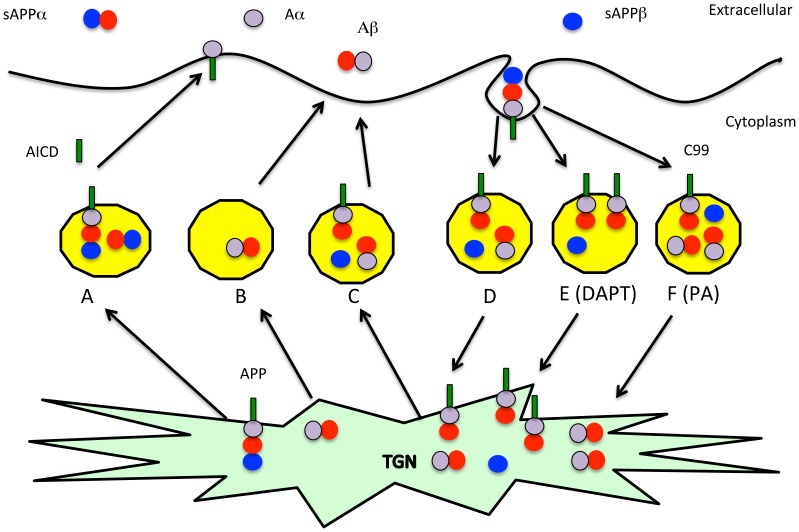Figure 8. Model showing the mechanism for increase in Aβ with γ-secretase impairment.
The hypothetical model derives from the known cellular localization of Aβ production and turnover pathways to explain the unexpected and contrasting changes in APP metabolites with DAPT treatment [32], [78]–[80]. APP shown with a black circle to the β-secretase site, an open circle to represent Aβ1-16 to the junction of the α-secretase cleavage site and a grey circle for the remainder of Aβ starting at position 17. Secreted sAPPα is shown as a joined black and open circle, Aβ as an open and grey circle, Aα as a grey circle and CTFα/β as a combination of circles with a tail embedded in the membrane. APP is predominantly processed by α-secretase in the secretory pathway from the trans-Golgi network (TGN) to the cell surface generating CTFα, which is processed by γ-secretase in the secretory pathway (A). On the other hand, BACE1 cleaves APP in the endocytosis pathway to C99 where γ-secretase generates some Aβ (D). The Aβ (B) and remaining unprocessed C99 (C) are transported to the surface where the residual C99 is converted to Aβ by γ-secretase and both pools of Aβ are secreted into the medium. Aβ, but not C99 is degraded primarily by ECE in the endosome (D, E). Inhibition by GSI increases the C99 pool in the endosome (E) but this C99 is further processed during the recycling step where it reaches the cell surface either directly or via the TGN to generate Aβ that now escapes degradation in the endosome. One can also increase the secreted Aβ by inhibiting ECE with PA, but this increase does not affect CTFβ (F).

